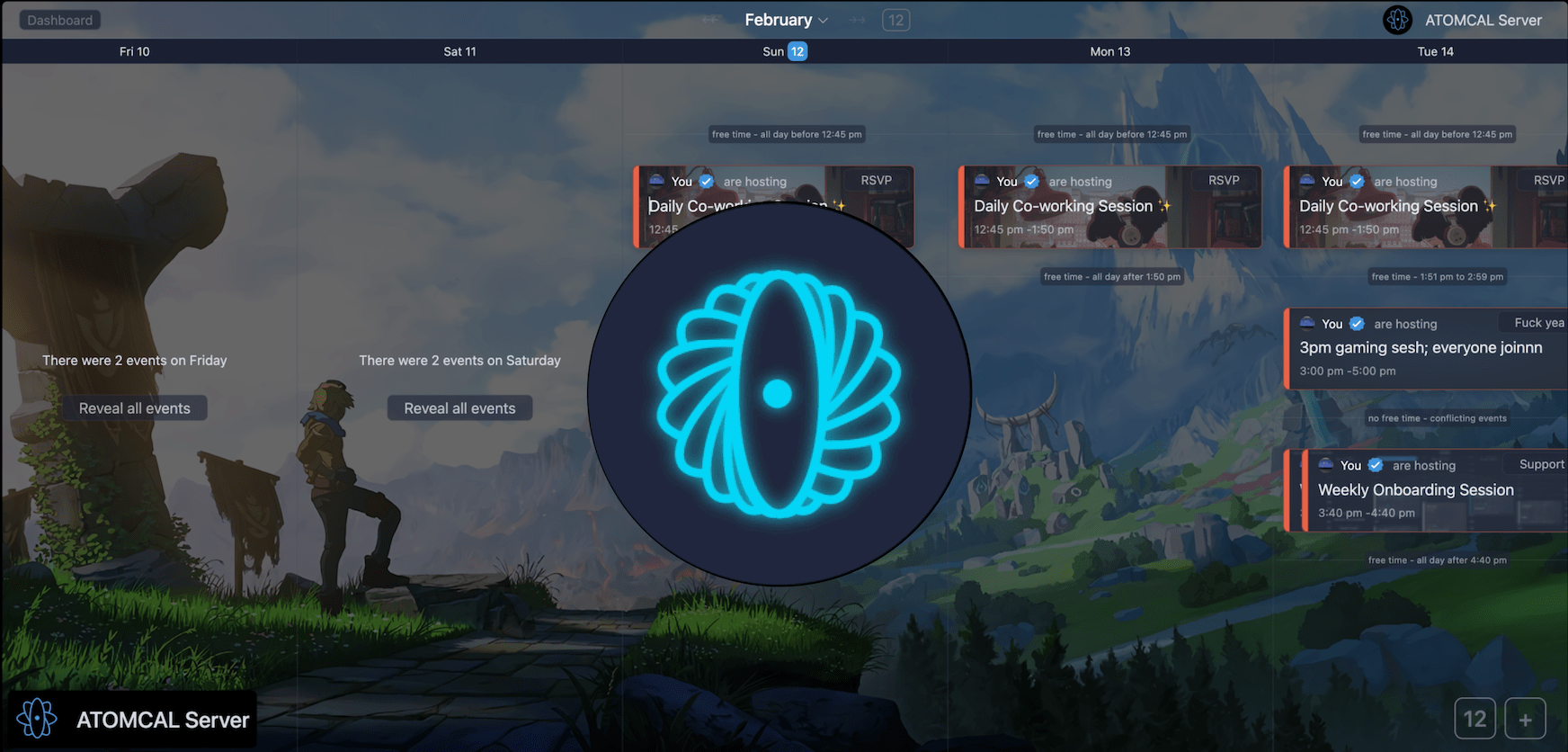D&D Miniatures and the Art of Miniature Painting
Dungeons & Dragons Miniatures, Tabletop Miniatures, Miniature Painting Techniques, D&D Visual Aids, RPG Miniatures, Custom Miniature Painting, Miniature Terrain, D&D Character Customization, Immersive Role-Playing, Hobby Miniature Painting, Miniature Painting Tips, D&D Gaming Accessories
— Kaaadx
When it comes to enhancing the immersive experience of Dungeons & Dragons (D&D), many players and Dungeon Masters (DMs) turn to miniatures. These tiny figurines can bring characters, monsters, and the game world itself to life on the tabletop.

But the magic doesn't stop at simply owning miniatures; it's in the art of painting them. In this blog post, we'll explore the world of D&D miniatures and delve into the rewarding hobby of miniature painting.
The Role of Miniatures in D&D
D&D is a game of imagination, but sometimes, visual aids can take the adventure to the next level. Miniatures serve as visual representations of characters, monsters, and objects on the gaming table. They help players and DMs:
- Visualize Combat: Miniatures help players strategize during combat encounters, offering a tangible representation of positioning and distance.
- Create Immersive Environments: Miniature terrain pieces, such as trees, buildings, and dungeon tiles, can transform a plain grid into a dynamic game board.
- Enhance Role-Playing: When players see their characters in miniature form, it can deepen their connection to their in-game persona, encouraging more immersive role-playing.
- Tell a Visual Story: Miniatures can tell a story without words. They depict the heroes' journey, the epic battles, and the memorable moments that unfold in a D&D campaign.
The Joy of Miniature Painting
While using pre-painted miniatures is a convenient option, many players and DMs find immense joy in painting their own. Miniature painting is a distinct hobby that offers several benefits:
1. Personalization
Painting your miniatures allows you to customize your characters and monsters to fit your vision. You can choose colors, add unique details, and make each miniature truly your own. Whether you're painting a heroic paladin, a fearsome dragon, or a mischievous goblin, the possibilities are endless.
2. Creative Outlet
Miniature painting is a creative and artistic endeavor. It lets you express your creativity, experiment with color schemes, and refine your painting skills. Many find it to be a relaxing and therapeutic activity, allowing them to unwind and focus on a different kind of storytelling.
3. Enhanced Immersion
Painted miniatures can elevate your D&D sessions by making the game world more tangible. As your characters move across the table, you'll have a visual representation of their journey. Players often become more invested in their miniatures, enhancing the overall gaming experience.
4. Sense of Achievement
Completing a painted miniature can be incredibly satisfying. Whether you're a seasoned painter or a beginner, seeing your work come to life is a rewarding experience. Over time, you'll improve your painting skills and develop a sense of pride in your miniatures.

Getting Started with Miniature Painting
If you're new to miniature painting, here are some steps to get you started:
1. Acquire Supplies
Gather essential supplies such as miniature figures, acrylic paints, brushes, a palette, and water. Many hobby stores offer starter sets designed specifically for miniature painting.
2. Learn Techniques
There are various techniques involved in miniature painting, including base-coating, layering, shading, and highlighting. Numerous online tutorials and painting guides can help you master these skills.
3. Start Small
Begin with simpler miniatures and gradually work your way up to more complex figures. Practice and patience are key to improving your painting skills.
4. Enjoy the Process
Remember that miniature painting is an art form, and everyone progresses at their own pace. Enjoy the journey, and don't be too hard on yourself if your first attempts don't turn out perfectly.
